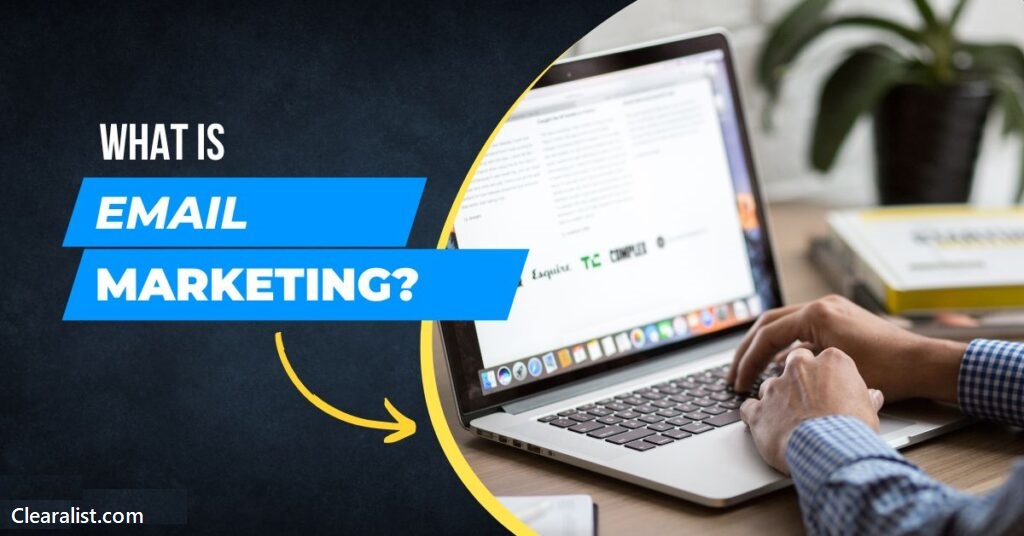
Email marketing is a direct marketing channel that uses emails to promote your business’s products and services. You can generate new leads and notify your users about product updates, offers, and events. It can help you advertise your business at much lower costs than a regular ad campaign, thus saving you a lot of money.
How does it work?
For any email marketing campaign, you need the following things:
- Email List: The emails of the individuals and businesses you want to reach. Preferably, you would like to collect at least a few hundred emails, if not thousands. The process of collecting emails is called lead generation.
- Email Template: An email template is a pre-defined email layout that you will send in your email campaigns. You can use text or HTML-based templates, but most people prefer HTML templates as they look more attractive.
- Email Service Provider (ESP): Any service or software that allows you to send emails is called an Email Service Provider. Gmail, Yahoo, and Outlook are some of the most popular Email Service Providers. For sending fewer than a hundred emails, these services are okay. But if you want to send more than a hundred emails at a time, you’ll need an Email Marketing Service.
Once you have these three things, you can start sending marketing emails and see the impact immediately.
Types of Email Marketing
These are the types of email marketing based on the email list you have:
- Warm Email Marketing: The emails are to your customers or subscribers who have given you consent to send them emails. In simple terms, these people know you already. Sending emails to a warm list is much easier and more effective than reaching out to new people.
- Cold Email Marketing: The emails are from unknown people who have not given you consent to send them emails yet. In other words, these are people you would like to reach. Sending emails to unknown people, especially when they don’t know you, is more challenging and has certain limitations to prevent spamming.
Benefits of Email Marketing
Email marketing can help you achieve three key objectives:
- Brand awareness: What’s great about email marketing is that it lets you reach new people directly and promote your business instantly. You can also personalize your emails and have one-on-one conversations with people.
- Gain customers: You can send emails to anyone and increase the number of customers by reaching out to new people. There’s no limit to how many people you can reach; it is much easier than traditional methods.
- Increase revenue: When your emails reach thousands or millions of people, you’ll see a big boost in traffic and sales almost overnight. This strategy is highly scalable; much more cost-effective than advertisements.
Factors of Email Marketing
These are the factors that will have the most impact on the outcome of your email marketing campaigns:
- Email content: Good copywriting and design will help you increase user engagement and decrease the chances of them ignoring it. It will also result in fewer people marking your emails as spam and unsubscribing from your mailing list.
- Targeted audience: If your product is for doctors and you email medical students, you’ll not get the desired result. You have to make sure the people you’re sending emails to are a good target audience or not.
- Email sender reputation: The score of how many spam emails are coming from the email server. A low email sender reputation will decrease the number of emails accepted by other email service providers.